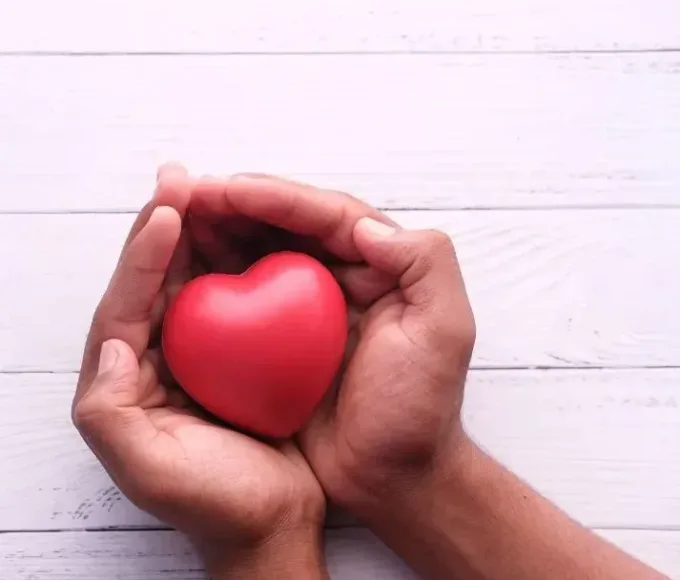
A substantial portion of our communication is nonverbal. In fact, some researchers suggest that the percentage of nonverbal communication is four times that of verbal communication, with 80% of what we communicate involving our actions and gestures versus only 20% being conveyed with the use of words.
Facial expressions are responsible for a huge proportion of nonverbal communication.The look on a person's face is often the first thing we see, even before we hear what they have to say.
Deliberate movements and signals are an important way to communicate meaning without words. For example, in the U.S., putting the index and middle finger in the shape of a "V" with your palm facing out is often considered to be a sign of peace or victory. Yet, in Britain, Australia, and other parts of the world, this gesture can be considered an insult.
Posture and movement can also provide a great deal of information. Research on body language has grown significantly since the 1970s, with popular media focusing on the over-interpretation of defensive postures such as arm-crossing and leg-crossing.
Proxemic – the need for "personal space." The amount of distance we need and the amount of space we perceive as belonging to us are influenced by several factors, such as social norms, cultural expectations, situational factors, personality characteristics, and level of familiarity.
Eye Gaze – the eyes play a role in nonverbal communication, with such things as looking, staring, and blinking being important cues. For example, when you encounter people or things that you like, your rate of blinking increases and your pupils dilate.
Communicating through touch is another important nonverbal communication behavior. Touch can be used to communicate affection, familiarity, sympathy, and other emotions.
Our choice of clothing, hairstyle, and other appearance factors are also considered a means of nonverbal communication. Research on color psychology has demonstrated that different colors can evoke different moods. Appearance can also alter physiological reactions, judgments, and interpretations.
Sources: Very Well Mind
Recent Posts
Related Articles
Stretch marks – causes and prevention
Stretch marks (striae) are discolored, slightly sunken scar-like lines in your skin....
June 19, 2023Compassion vs Empathy
It’s easy to use compassion and empathy as synonyms, but there are...
June 19, 2023How to build a habit in 5 steps
People with good habits rarely need to resist the temptation to laze...
June 19, 2023Symptoms of depression
Depression is a mood disorder that causes a persistent feeling of sadness...
June 19, 2023

























Leave a comment